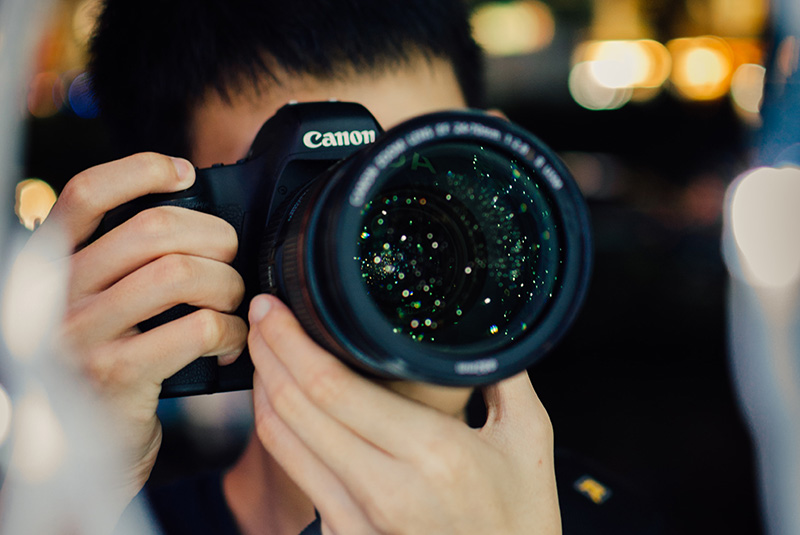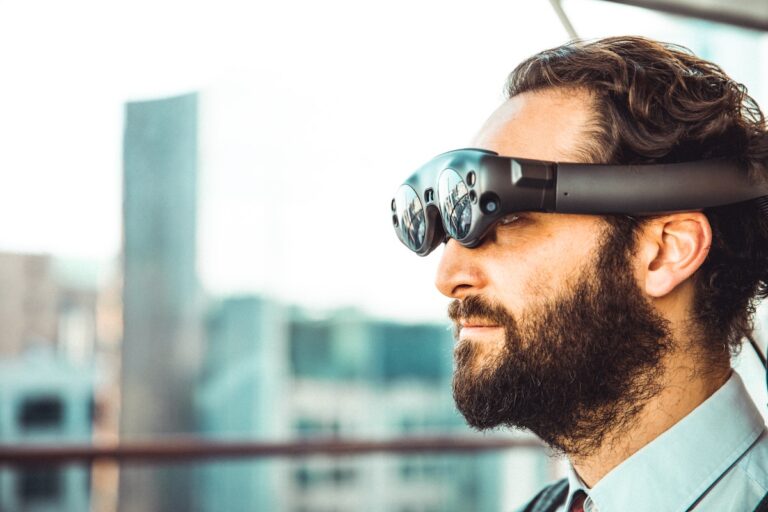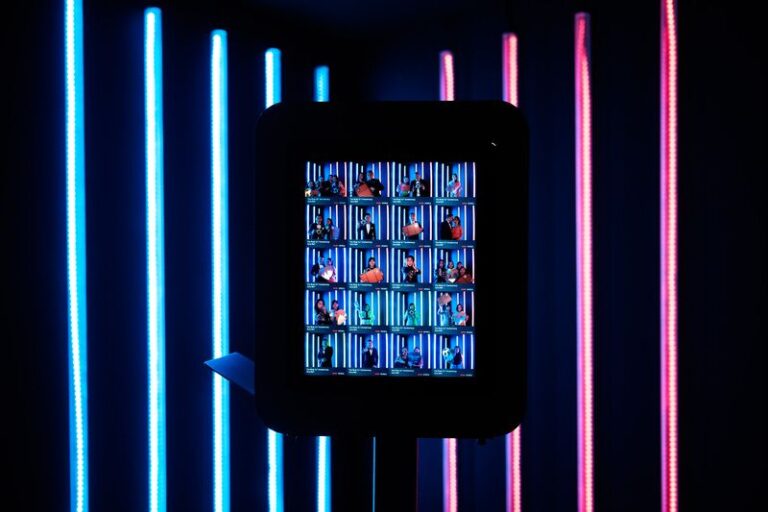When you choose an event photographer, you’re choosing a partner to entrust your brand to.
It’s important to hire the right photographer, because photography can play a vital role in the success of your event—especially when it comes to marketing it.
In addition, event photography can be an exciting experience too. With new features—such as live projections, instant downloads and holographic prints—it can help you create a memorable event.
In this article, we walk though the 10 proven steps to hiring the best event photographers.
Step 1: Understand Your Event
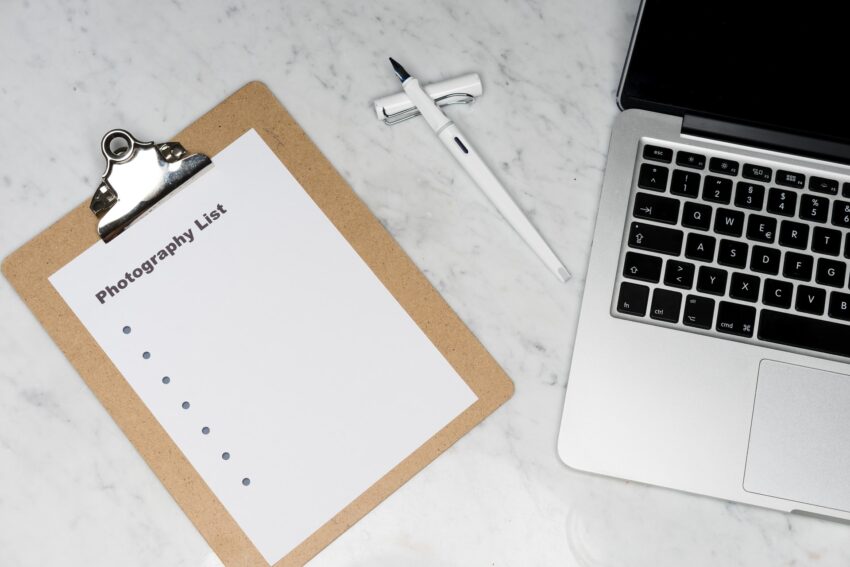
Before you start searching for the right event photographer, you must first understand your event.
Start by asking yourself the 5Ws.
- What? What event are you planning? Is it a small gathering or a large conference? The scale of your event will affect how much the photographer needs to cover.
- Why? Ask why your event is being held—what are the goals you’re trying to achieve?
- Who? Who is on your guest list? Events bring a multitude of different visitors—you might have VIPs at a conference, or celebrities at a gala event.
- Where? Where your event is being held? An indoor venue may have less space, while an outdoor event is subject to weather conditions.
- When? What is your schedule like? Venues can look very different during the day and night, especially if they’re outdoors.
Step 2: Ask for Referrals
Often, the best way to ensure that you get a reliable event photographer is through a personal recommendation.
Reach out to your fellow planners, or even your family and friends, to ask if they have had any positive experiences.
Keep in mind that photographers specialise in different areas. A photographer who is good at studio portraits might not be the right choice for event photography, which requires a different set of skills.
Step 3: Search on Google and Other Platforms
You can find several studios and freelancers from a quick Google search.
Studios hire their own in-house event photographers, which can sometimes (not always!) be an assurance of quality. While some offer standard packages with listed prices, you should always ask for a quote for your specific requirements.
Alternatively, many photographers are active on Instagram or Facebook. If you see an event photographer with a style that you enjoy, reach out for a discussion.
Alternatively, you can refer to our guide on the top event photographers in Singapore.
Step 4: Post a Job Ad

If time is on your side and you don’t have a specific photographer in mind, you can post a job ad to get photographers to come to you instead.
There are many job boards that allow listings for event photographers.
If you have social media accounts on Instagram or Facebook, these can be perfect options to advertise your search.
Alternatively, there are many active photographer communities on Facebook—always check if you’re allowed to post a job before doing it.
You’d want to be brief and succinct for your posts so that interested photographers know what to expect.
Step 5: Browse the Portfolio
Found an event photographer that you like?
Start by checking out their website, for their listed services and past experience.
Keep a look out for their skill sets.
Can they work with flash, which is important for low light conditions—such as indoor venues and events during the evenings.
What is their style of shooting—are they great at capturing candid moments, or posed group shots?
Don’t just look at the highlights. Any photographer can look good by cherry picking only the best shots to showcase.
Ask them to give you all of the photos from a single event, and check the consistency of their work. It’s great to have a few amazing shots, but it doesn’t work if the rest of the photos lack consistent quality.
Step 6: Discuss the Turnaround Time
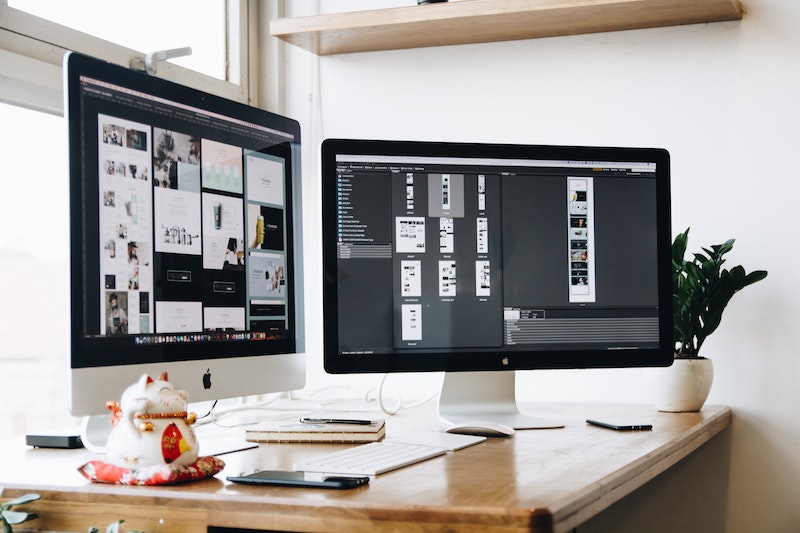
You need to understand a photographer’s timeline for delivering the photos. For many event photographers, you’ll need to wait anywhere from several days to weeks to get the images.
This turnaround time can be critical depending on your goals.
If you’re planning a social media campaign, or if the photos need to be delivered for news coverage, you’ll need to discuss with your event photographer on a much quicker turnaround. This can sometimes mean additional costs.
Pro-tip: at Ubersnap, we understand the importance of speed. You get your photos right after they’re taken, so you can share them instantly. Even better, you can project the photos on screens around the venue, adding to the vibrancy of your event.
Step 7: Decide on Your Budget
Prices for event photography can vary widely, from $50 to $300 per hour.
Understand what you’re getting at the different price ranges.
Often, higher prices mean that you’re working with more experienced event photographers. If it’s absolutely critical to get high quality images of your event, you might choose to work with an experienced professional for peace of mind.
If you’re working on a tighter budget, you can look for event photographers who are just starting out. While they might be less experienced, many are outstanding talents who simply need an opportunity.
Many photographers offer different packages with varying coverage and features. Some might offer extras, such as physical prints or live galleries.
It’s important to clearly communicate your requirements upfront, to avoid any surprises later on.
Step 8: Check Their Availability
Finally, you’ve decided on the photographer to hire for your event.
Tie down the important details as early as possible:
- Date and time
- Venue of event
- Bucket list
While it might sound obvious, always make sure that the photographer is available on the date of your event—before moving on to any further discussion.
Some event photographers will try to fit in more than one shoot in a single day. If you’re uncomfortable with that, or might need them to extend their coverage duration, let them know upfront.
Next, let’s talk about the venue and bucket list.
Step 9: Survey Your Venue
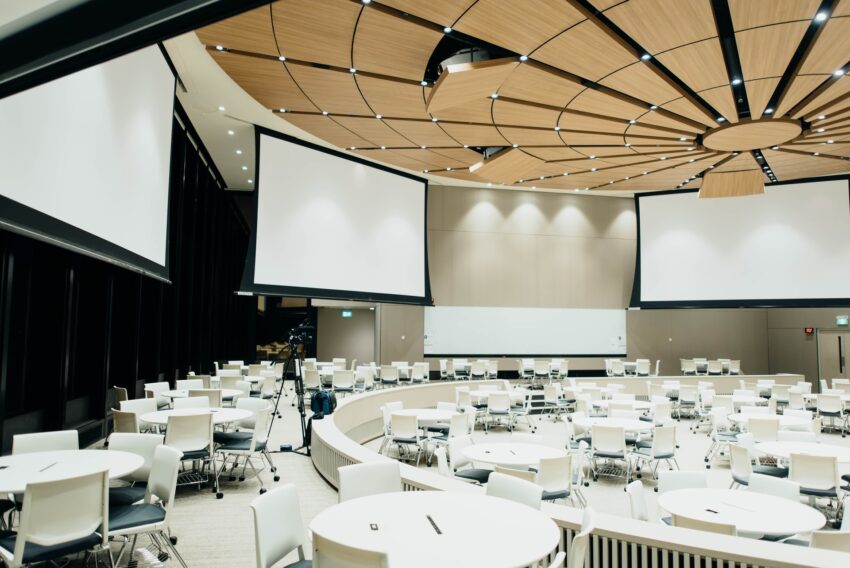
It’s important for event photographers to be familiar with the venue they’ll be working in.
For example, it might be a large space with several hotspots during the event—they would need to know how to cover all the important areas.
Alternatively, the lighting conditions might be challenging—they would need to bring additional lighting gear to get proper exposures.
In most situations, it’s sufficient for the event photographer to arrive 30 minutes earlier to survey the venue. For more complicated events, you might want to bring them down a couple of days before the event.
Step 10: Create a Bucket List
The best way to ensure that you get the shots you want, is by creating a bucket list.
This is especially important if there are many areas to cover across your event, because your event photographer might end up capturing shots that you don’t actually need.
To create your bucket list, think about the purpose of the photos.
Are you using them to advertise your event? Do you want to focus on your attendees, or is the product the star of the show (for product launches)?
Many events and conventions happen on a yearly basis. Hence, the focus is promoting the event—you’d want to capture the experience and energy, to get people excited about participating.
What about a product launch? Your focus will be on the product instead, which will dominate most of the photos.
Spend some time thinking about how the photos will be shared.
Will they be published across your marketing channels?
Do you want your attendees to be excited about sharing the photos for you, helping you generate social media conversations? If so, it’s crucial that they get their photos as quickly as possible—at the peak of their excitement about your event.
Conclusion
Event photography is an evolving industry, with new innovations to choose from. Always think through what your event needs and what the photographer offers.
This guide will equip you with the process for finding the right event photographer, and ensuring a successful working relationship.
Planning an event? Our event photography service introduces several first-in-the-world features, to make your event experience even more engaging.

